
Only Two Models Remain of this Historic Gun Built in the Final Days of WWII
The most common pistol of the German Wehrmacht was the Walther P38 in 9mm. Their serial production began in 1939 by Walther, followed by Mauser (1941) and Spreewerk (1943). The model P38 was thought to replace the expensive and time-consuming manufactured standard pistol Model P08 used by the Germans earlier in WWII.
But due to the circumstances of the war this plan could not be implemented completely: In the first half of the year during 1944, German troops lost 110,092 handguns—a number that increased to 282,701 handguns through the second half of the year. All three manufacturers combined couldn’t compensate for such high losses.
Solving the Firearms Shortage
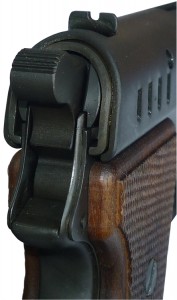 The shortage of handguns had unforeseen consequences for the German Volkssturm (people’s storm), when the first units were equipped in late 1944. Although the Gauleiter (the regional party leaders) were authorized to receive weapons from armament factories in their districts, these weapons had to come from over-production or had to be made after an official Army contract had run out. But this claim was only written on paper.
The shortage of handguns had unforeseen consequences for the German Volkssturm (people’s storm), when the first units were equipped in late 1944. Although the Gauleiter (the regional party leaders) were authorized to receive weapons from armament factories in their districts, these weapons had to come from over-production or had to be made after an official Army contract had run out. But this claim was only written on paper.
The manufacturers had their hands full even to take care of all official orders. At the end of the day there was nothing left for the Volkssturm to really arm themselves with.
Since early 1944, Walther and Mauser had tried to simplify their weapons and to develop new models. None of them went into serial production, but the gained experience benefited the companies when the call for a “people’s pistol” came up at the end of the year. Now it was necessary to produce firearms faster and cheaper than ever before as the Allied powers turned up the heat on the Nazi regime. In addition, the weapon had to still use the P38 magazines and to hit a 20-centimeter by 20-centimeter target at 25 meters.
On Nov. 30, 1944 there was a meeting between the State Secretary in the Reich Ministry Karl Saur, SS-Obergruppenführer (Senior Group Leader) Gottlob Berger and other members of the Technisches Amt (Technical Department). In the process, Saur got the promise for a monthly supply of 20,000 “Volkspistolen (people pistols) model Walther.” The very next day, Berger sent an official contract to SS-Standartenführer and Wehrwirtschaftsführer (leader of the defense economy) Erich Purucker, who then in turn forwarded it to the Walther company. There the order was accepted as “War-Order Nr.1005 Waffen SS” on Jan. 4, 1945.
For Walther it was hard to cope with this additional order. Production was already quite busy with the manufacture of the P38, K43, VG1 and other military firearms and equipment. Also it was getting more and more difficult to acquire all the necessary raw materials to keep production running at the necessary levels. In the absence of significant documents not much can be found out about the simplification experiments with the P38.
However, a few experimental pieces have survived the war and show the way to the people’s pistol “Volkspistole.” The two different simplified models are similar to the American Colt 1911 and were especially used for testing stamped sheet metal parts. Other innovations such as a rotating barrel cannot be found on the Volkspistole any more.
Features of the People’s Gun
The real Volkspistole looks similar to these experimental pistols from the outward appearance, but it is only a conventional single-action weapon with a blowback mechanism. Almost the whole gun is made of stamped sheet metal, except for the barrel, bolt head, springs, grip-plates and a few other small parts. Almost everything is joined together with bolts and rivets, and the spot-welded points have been reduced to a minimum. Only the wooden grip-plates are still attached with common screws. The weight of the complete gun is 1.086 kg (approximately 38.3 ounces).
The whole range of simplification becomes obvious when disassembling the Volkspistole: The barrel is retained in the frame by a hardened cylindrical plug, which engages the blind hole shown in the underside of the barrel breech. When lowering the lever on the left side of the frame above the trigger, the plug retracts and the barrel can be withdrawn forward. Afterwards the slide can be removed.
The slide housing is made of two sheet metal half-shells, riveted together at the front. At the rear end they are held together by the clenching of the finger grips into slots in the inner shell. The slide housing is then positioned around a machined bolt, only connected by two lugs on the top surface of the bolt. These lugs absorb all of the recoil forces when shooting the Volkspistole.
On the phosphated surface, there are only a few markings visible. The slide bears the Walther-trademark (“Walther-Schleife”) on the left side and the safety is marked with the letters “S” (Sicher/safe) and “F” (Feuer/fire). Only two surviving Walther Volkspistolen are even known today: Serial numbers 6 and 12. The former is mismatched with the barrel of serial number 4. The “105” is a postwar number, presumably to register the weapon. The other pistol has the number “14” stamped on it in the same way.
In the 1970s, pistol number 12 found its way back to the collection of the Walther company in Ulm, Germany, to where the former Thuringian company moved after the war and remains there on display today.
Walther Volkspistole Technical Data
Length: 8.5 in.
Height: 5.7 in.
Width: 1.2 in.
Weight with empty magazine: 38.3 oz.
Weight without magazine: 35.3 oz.
Length of barrel: 5 in.
Special thanks to Werner Hampel of Carl Walther GmbH Sportwaffen in Ulm, Germany, and Darrin Weaver in Texas.
This article appeared in the June 3, 2013 issue of Gun Digest the Magazine.

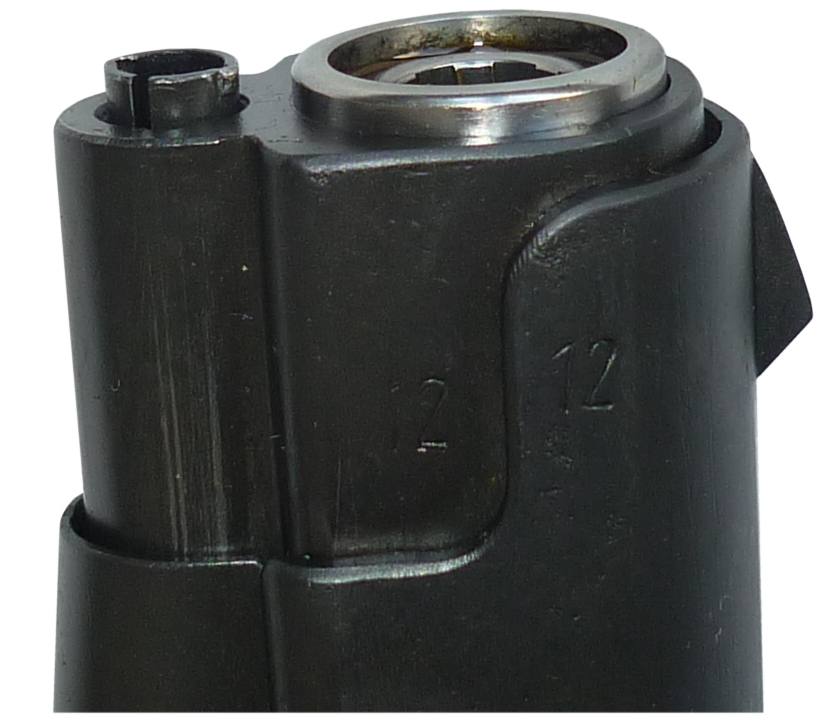
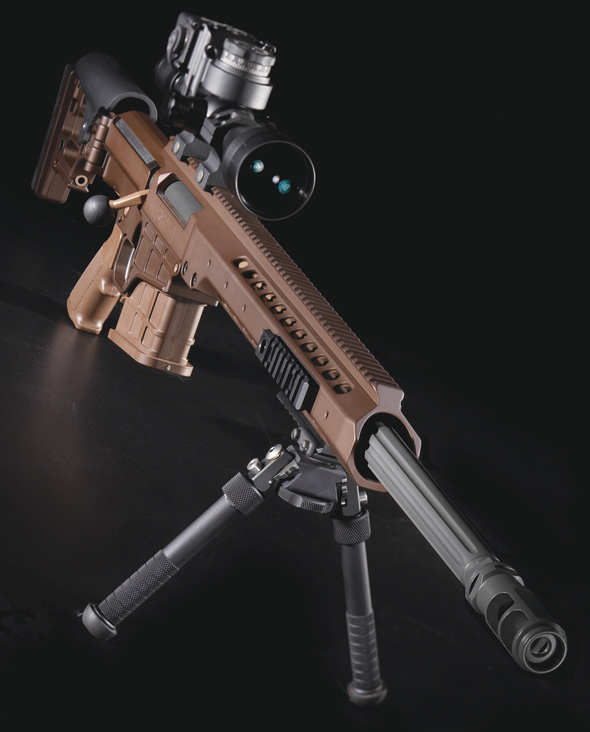
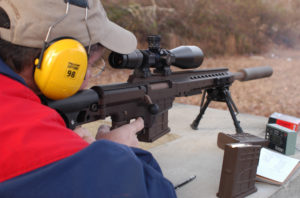


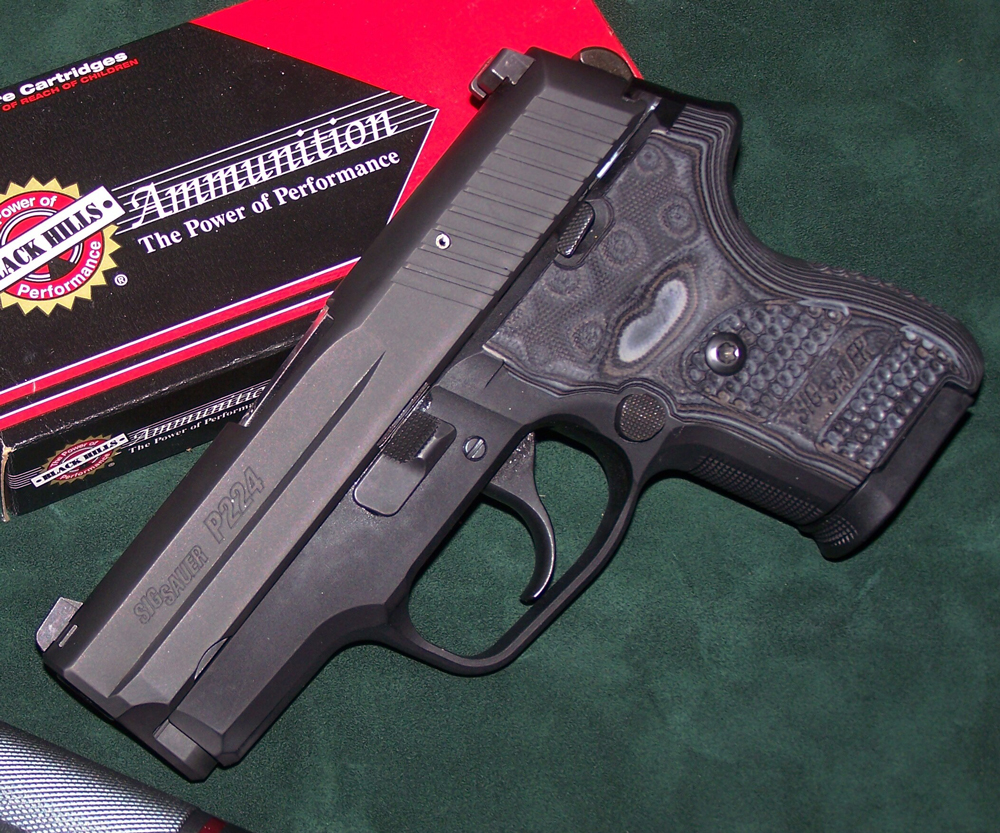







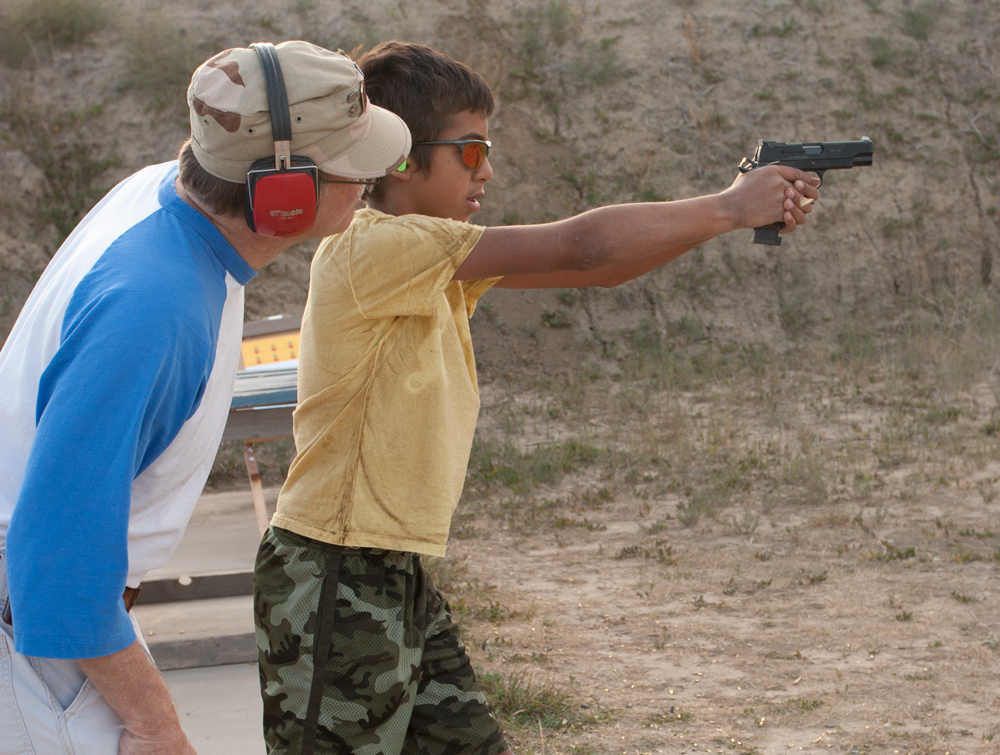

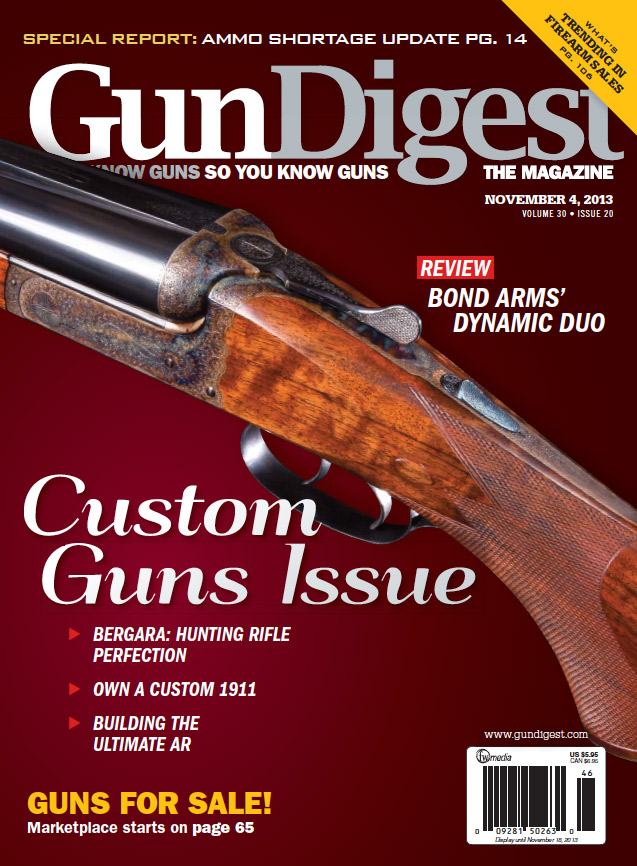
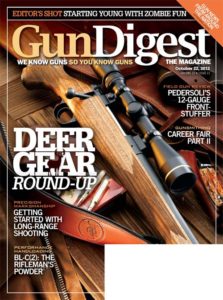
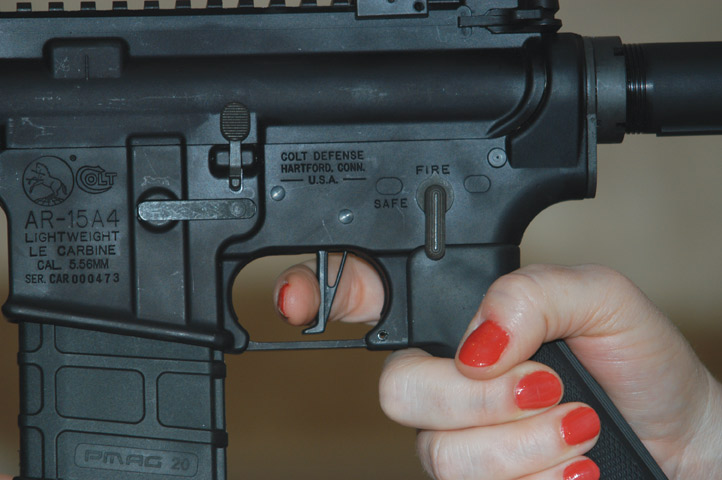

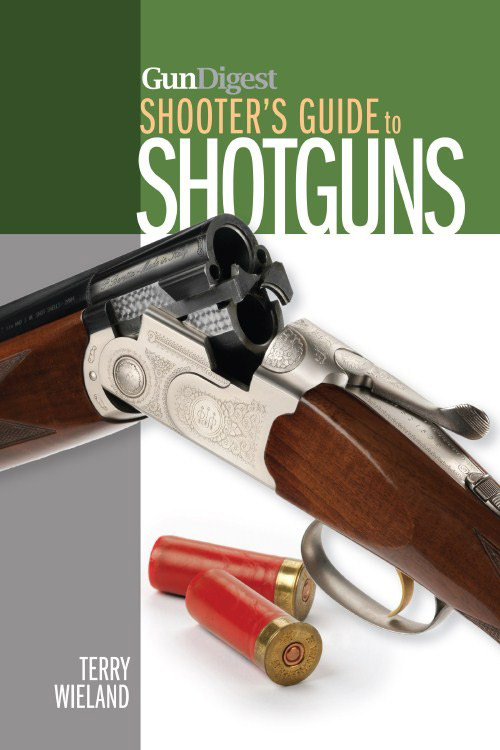
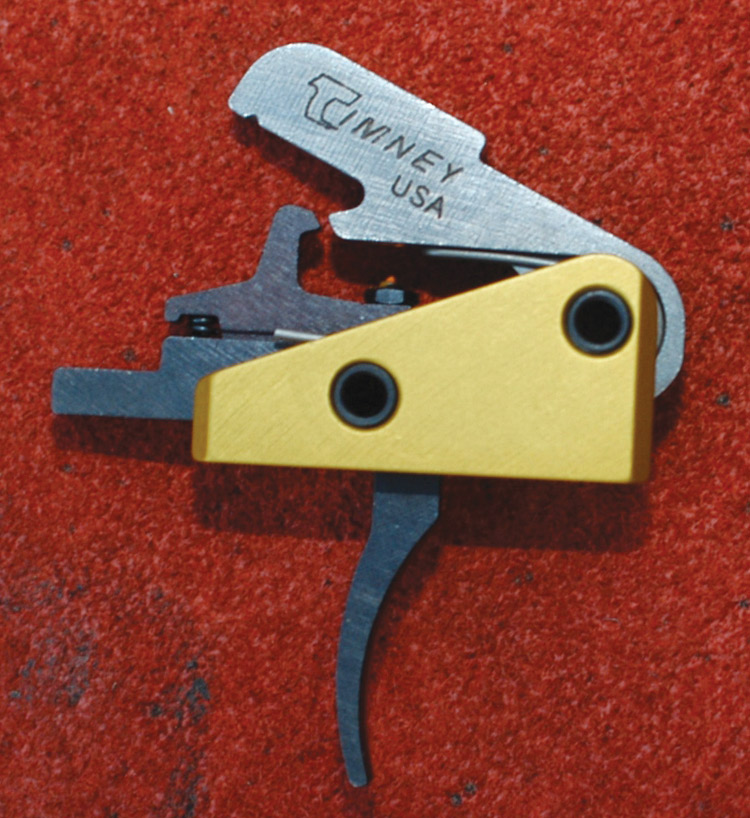

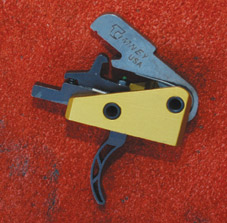
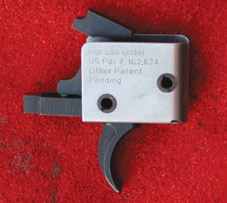
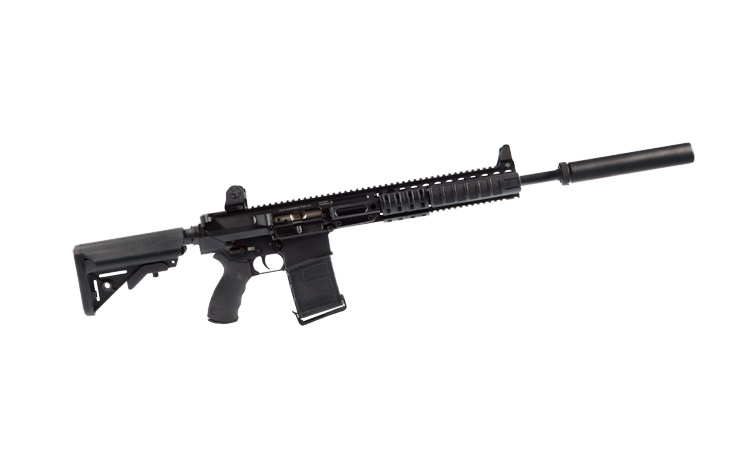

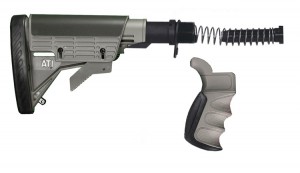
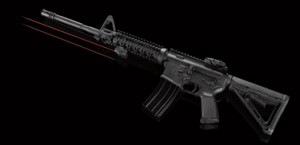
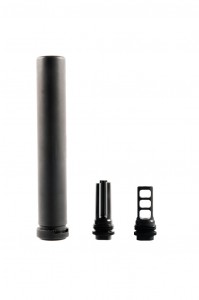
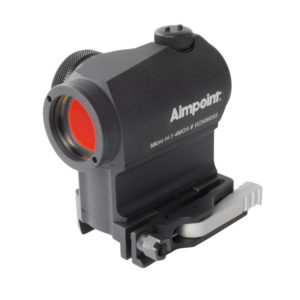








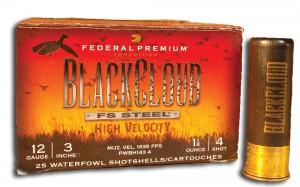

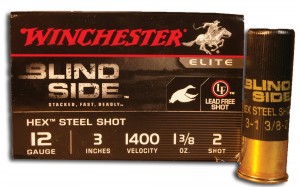

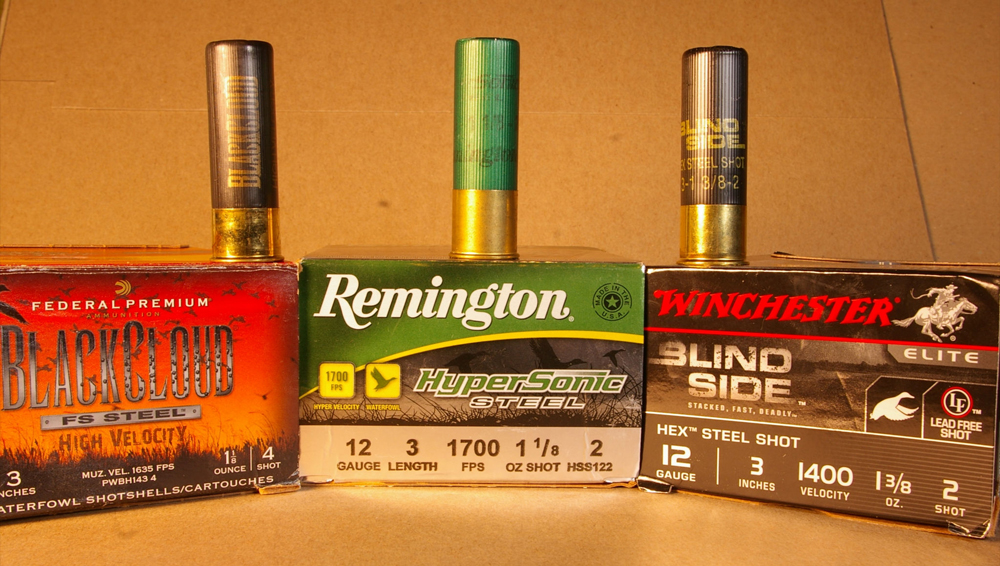
![Best Concealed Carry Guns In 2025 [Field Tested] Wilson Combat EDC X9S 1](https://gundigest.com/wp-content/uploads/Wilson-Combat-EDC-X9S-1-324x160.jpg)


![Best 9mm Carbine: Affordable PCCs [Tested] Ruger Carbine Shooting](https://gundigest.com/wp-content/uploads/Ruger-Carbine-Shooting-100x70.jpg)
![Best AR-15: Top Options Available Today [Field Tested] Harrington and Richardson PSA XM177E2 feature](https://gundigest.com/wp-content/uploads/Harrington-and-Richardson-PSA-XM177E2-feature-100x70.jpg)
